The relationship between technical display and musical essence has been a subject of heated debate among musicians, critics, and audiences alike. In an era where virtuosic prowess often takes center stage, it becomes crucial to examine whether flashy techniques serve the music or merely distract from its core message. The most compelling performances strike a delicate balance—where technical mastery becomes invisible, allowing the pure emotional content to shine through.
Music, at its heart, is a language of emotion. The greatest compositions throughout history have endured not because of their technical complexity, but because they speak directly to the human experience. When Beethoven composed his late string quartets, he was already deaf—unable to hear the physical execution of the notes. What remained was pure musical thought, distilled into its most essential form. This suggests that the true value of music lies beyond mere physical execution.
Contemporary concert culture, however, frequently prioritizes spectacle over substance. Young musicians are often encouraged to develop blistering speed and superhuman technical abilities before they've fully grasped the philosophical underpinnings of the music they're playing. The result can be performances that impress the ear but fail to move the heart. As the legendary pianist Artur Schnabel once remarked about Mozart's compositions: "Too easy for children, too difficult for artists." This paradox reveals how technical perfection alone cannot capture music's deepest truths.
The history of musical interpretation shows an interesting evolution in this regard. In the 19th century, performers like Liszt and Paganini became rock stars of their day, astounding audiences with unprecedented technical feats. Yet even these virtuosos understood that technique served a higher purpose. Liszt's transcriptions of Beethoven symphonies for solo piano weren't mere displays of dexterity—they were attempts to communicate orchestral richness through a single instrument. The technique was staggering, but always in service of the musical vision.
Modern recording technology has further complicated this relationship. In the studio, technical imperfections can be edited into perfection, creating an unrealistic standard for live performance. This has led some musicians to prioritize flawless execution over spontaneous musicality. Jazz, which traditionally valued improvisational authenticity over technical perfection, now sees young players obsessively transcribing and replicating famous solos note-for-note, sometimes losing the creative spark that made those solos meaningful in the first place.
Educational systems bear partial responsibility for this imbalance. Many conservatories emphasize technical development through scales, études, and exercises, while dedicating comparatively little time to musical analysis, historical context, or personal interpretation. Students emerge as incredible technicians but sometimes struggle to answer fundamental questions about why they're playing what they're playing. The Russian school of piano teaching, for instance, produces astonishing virtuosos, but critics sometimes argue that their performances can feel emotionally interchangeable.
The most revered musicians across genres share a common trait—they make technical challenges sound inevitable rather than impressive. When listening to Ella Fitzgerald scat singing, one doesn't think about the incredible vocal control required; one simply feels the joy and swing. Similarly, Yo-Yo Ma's cello playing seems to erase the instrument's physicality, creating the illusion that the music is emanating directly from his soul. These artists remind us that technique should be a means, not an end.
Different musical genres approach this balance in distinct ways. In classical music, the composer's score is treated as sacred text, and the performer's role is to realize that text with fidelity. In jazz, the written material often serves as springboard for personal expression. Rock and pop place greater emphasis on emotional authenticity—a technically imperfect but heartfelt performance often resonates more than a flawless but sterile one. The common thread is that across all genres, the most memorable music occurs when technical ability disappears into artistic statement.
Audience expectations play a significant role in this dynamic. In competitions and conservatory settings, technical perfection is often rewarded above all else. This creates pressure for young musicians to prioritize showy repertoire that demonstrates their abilities rather than music that might suit their artistic temperament. The rise of social media has exacerbated this trend, with short, technically impressive clips gaining more traction than nuanced complete performances. This ecosystem risks creating generations of musicians who can play anything but have nothing to say.
Perhaps the solution lies in redefining what we consider "technique." True musical technique encompasses far more than finger velocity or breath control—it includes the ability to shape phrases meaningfully, to understand harmonic tension and release, to communicate with fellow musicians, and to connect with an audience. When technique is understood this broadly, the distinction between technical mastery and musical expression begins to dissolve. The hands become merely extensions of the musical imagination.
The greatest musical performances in history achieve this synthesis. When Vladimir Horowitz played Scriabin, the volcanic technical demands became inseparable from the music's erotic mysticism. When John Coltrane explored the outer limits of harmony in "A Love Supreme," his technical innovations served his spiritual quest. These moments remind us that at music's highest levels, technique and expression aren't in competition—they're two aspects of the same artistic truth.
As listeners, we might ask ourselves what we truly seek in musical experiences. Do we want to be amazed, or do we want to be transformed? The answer likely lies somewhere in between. Technical brilliance can open doors to new musical possibilities, but it's the emotional resonance that keeps us returning to great performances. In an ideal world, we wouldn't have to choose—we could have both the thrill of virtuosity and the depth of profound musical communication.
Ultimately, the relationship between technical display and musical essence isn't hierarchical but symbiotic. Like a great actor whose technique disappears into their performance, or a writer whose vocabulary serves the story rather than calling attention to itself, the musician's technical resources should illuminate rather than obscure the music's soul. When this balance is achieved, we stop hearing the notes and start hearing the music—which is, after all, the whole point.
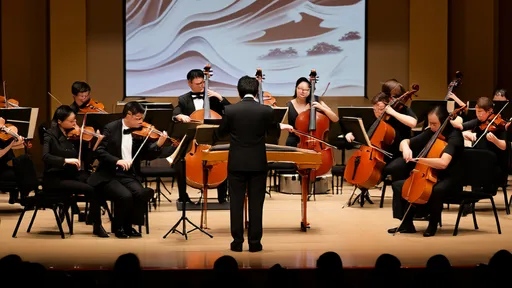
By /Jul 17, 2025

By /Jul 17, 2025
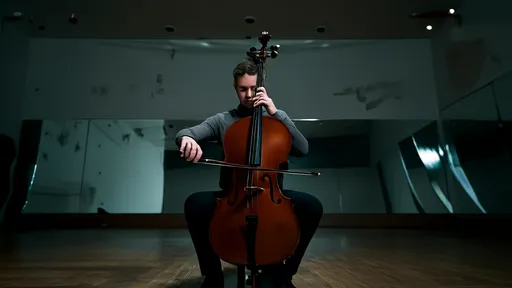
By /Jul 17, 2025

By /Jul 17, 2025

By /Jul 17, 2025

By /Jul 17, 2025

By /Jul 17, 2025

By /Jul 17, 2025

By /Jul 17, 2025

By /Jul 17, 2025

By /Jul 17, 2025
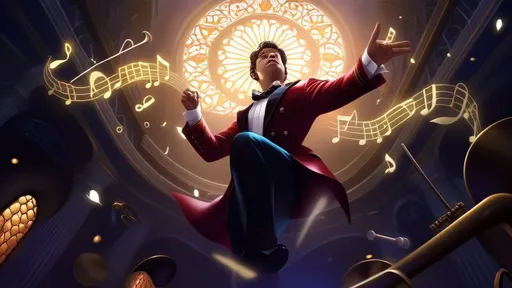
By /Jul 17, 2025

By /Jul 17, 2025
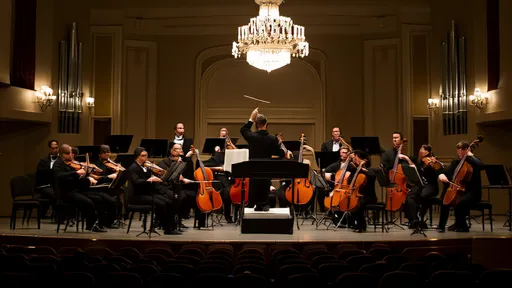
By /Jul 17, 2025
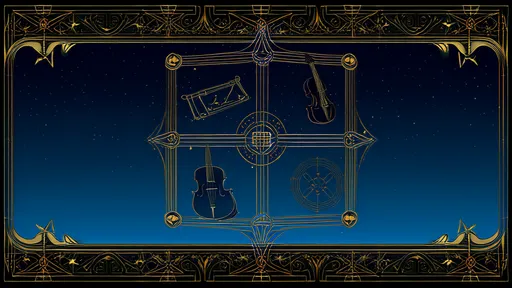
By /Jul 17, 2025

By /Jul 17, 2025

By /Jul 17, 2025
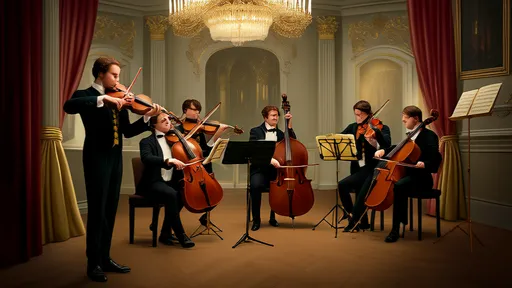
By /Jul 17, 2025